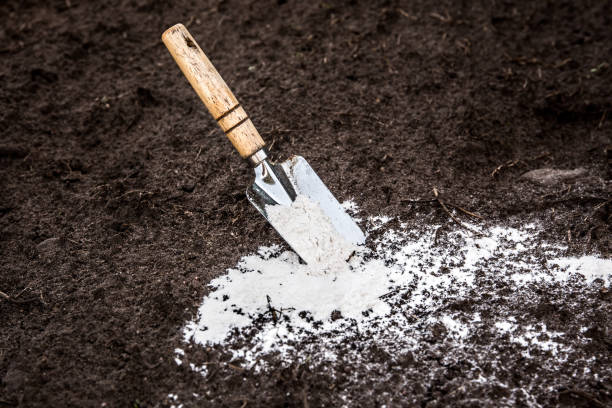Dolomite Powder

| Product Specifications | |
|---|---|
| Calcium Oxide As CaO | 31.08% |
| Magnesium Oxide As MgO | 21.30% |
| Aluminium Oxide As Al2O3 | 0.14% |
| Ferric Oxide As Fe2O3 | 0.44% |
| Silicon Di-Oxide As SiO2 | 1.2% |
| Loss on Ignition | 46.16% |
| Calcium Carbonate As CaCO3 | 55.50% |
| Magnesium Carbonate As MgCO3 | 43.04% |
| Brightness | 96.5% |
| Whiteness | 97.5% |
| Average Paricle Size | 2-3 Mircons |
| d97 | 10-12 Microns |
Dolomite Powder
Dolomite is the name of a carbonate rock consisting of the mineral dolomite. This type of rock is closely related to limestone. It is formed by limestone being exposed to a process called dolomitisation, which, in brief, involves some calcium ions being replaced by magnesium ions. The chemical formula becomes CaMg(CO3)2.
How it’s produced:
Like limestone, dolomite occurs both in sedimentary and crystalline form. Sweden has no known occurrences of sedimentary dolomite. All dolomite in Sweden is crystalline and very ancient (around a billion years old). Norway has younger crystalline dolomite in mountain bedrock, while Estonia and Latvia have sedimentary dolomites that are the same age as the limestone on Gotland. Occurs in: primary rock and mountain bedrock. The dolomite is quarried, crushed and ground to the appropriate fractions at our various production plants and can then be processed into burned dolomite.
Application uses:
Common applications for dolomite are in agriculture, because of its high magnesium content, and as a filler primarily in the paint and plastics industries.
